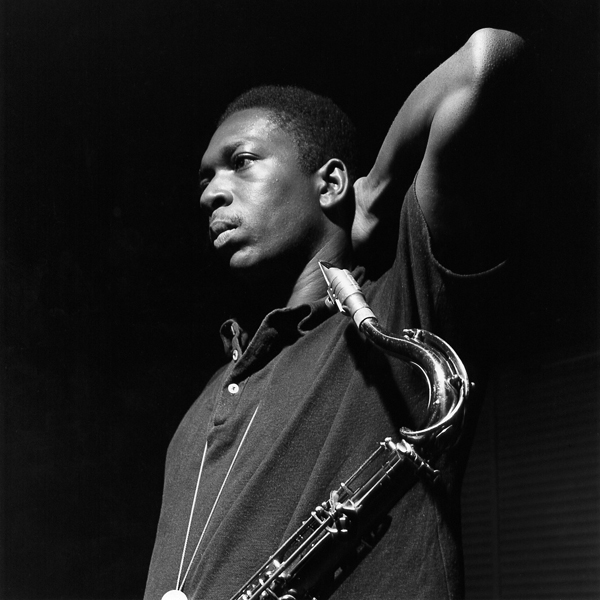May 20, 2019
In September 1957 while in the midst of finding his own voice on the tenor saxophone in bands led by jazz freedom riders Miles Davis and Thelonious Monk, John Coltrane enlisted a band of peers and entered Rudy Van Gelder’s Hackensack, N.J., studio. With a new spirit rising, Coltrane created Blue Train, a 40-plus-minute masterwork that stands as one of the greatest jazz records of all time. It was only his second album as leader—and his sole recording under his own name for Blue Note Records. Of course, Trane, always the insatiable seeker, went on to launch new rockets of interstellar music—including 1959’s groundbreaking Giant Steps, 1964’s sublime jazz prayer A Love Supreme and 1966’s large ensemble expedition Ascension, which sparked the burgeoning free jazz movement.
But it all started for Coltrane with Blue Train, a pioneering five-song, blues-steeped, hard bop outing that exhilarates with pockets of brawn and poetry, excursions of ferocity and finesse, stretches of blazing velocity and soulful tenderness. By all measures it began as an organic session with four spirited Trane originals and a gorgeous rendition of the Jerome Kern-Johnny Mercer ballad, “I’m Old Fashioned.” But graced by the incantations of inspired improvisation, Blue Train yielded a transcendence that few recordings achieve.
Today, Blue Train permeates the air and sounds as fresh as it did in jazz’s ‘50s golden age. Its richly lyrical tunes are instantly identifiable by longtime listeners as well as aspiring saxophone students. But songs from the album also elicit vague memories from even those uninitiated into the jazz world. The iconic title track, one of Trane’s all-time catchiest themes, could easily pass for comfort background music at a loud party or serve as a quiet-toned dinner jazz companion that won’t upset candlelit conversations.
However, Blue Train is best appreciated, like all jazz recordings, with listening intent attuned to the fine artistry—in this case, the otherworldly quality of Coltrane commandingly searching on his horn for the right notes, the ideal phrasings, the perfect flights, the risk-taking leap of faith into a state of jazz nirvana.
In addition, Blue Train buoys with the instrumental communion within the band—trumpeter Lee Morgan and trombonist Curtis Fuller, both recent Blue Note signings; pianist Kenny Drew; and the dynamic rhythm section from Davis’s classic ‘50s quintet: band mates Paul Chambers on bass and Philly Joe Jones on drums.
On “Blue Train,” Coltrane’s saxophone exploration is followed by Morgan’s equally questing trumpet speak, then Fuller’s deep-brewed bluesy response. On the jaunty “Moment’s Notice,” Trane speeds on his saxophone but never sounds like he’s in a hurry, creating a brisk dance with the festive help of the rhythm team—Chambers’ pulsing rhythms and Jones’s swinging beats. Both the other uptempo numbers, “Locomotion” (Trane on the first full-gusto solo) and “Lazy Bird” (Morgan leading with a rapturous solo), feature the band members interplaying with jubilant zest. Blue Train stands as a classic example of how collective self-expression overrides posing for the spotlights. This is a session where every note blown on every track is in service to the song.
Coltrane himself recognized the consummate character of Blue Train, later in his career referring to it as one of his favorite recordings. On the 2003 CD reissue of Blue Train, producer and liner note writer Michael Cuscuna called the album “perfect” and the music “eternal,” adding that “the ingredients for such alchemy cannot be quantified any more than genius can be defined and described. But we know it when we hear it.”
More than 60 years after it was conceived, Blue Train continues to marvel.







